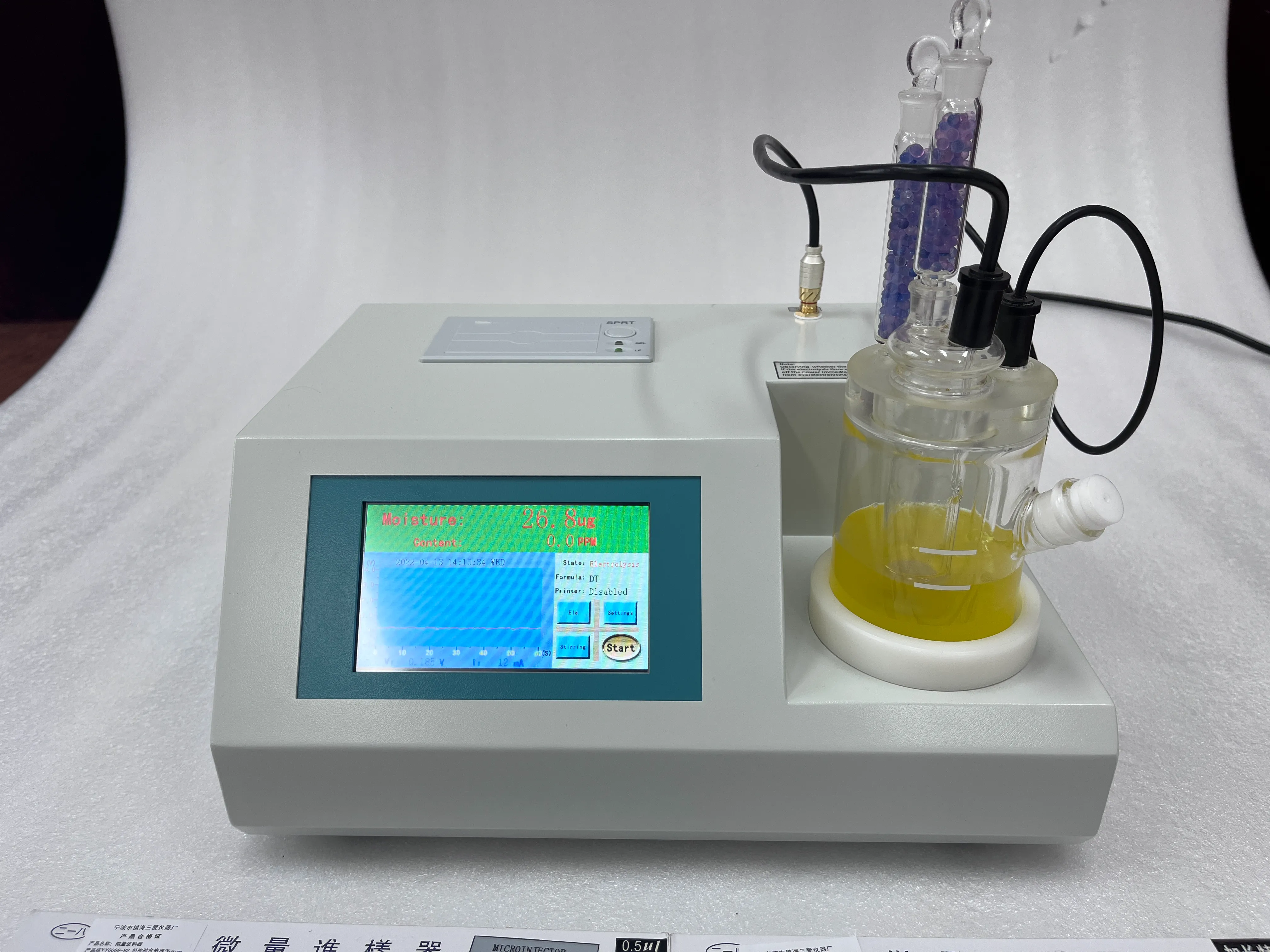 English
English


Exploring Multi-Ratio Current Transformers for Enhanced Electrical Measurement Accuracy
Understanding Multi-Ratio Current Transformers
Current transformers (CTs) are vital components in electrical engineering, employed to transform high currents into lower and manageable values for metering, monitoring, and protection of electrical systems. Among the various types of CTs available, multi-ratio current transformers stand out due to their versatility and adaptability in various applications. This article delves into the principles, applications, and advantages of multi-ratio current transformers.
What is a Multi-Ratio Current Transformer?
A multi-ratio current transformer is designed to provide multiple output ratios from a single transformer unit. It allows users to select different transformation ratios based on their specific needs. This means that a single transformer can be configured to suit varying current levels in a system, which is particularly beneficial for applications that experience fluctuating loads.
The construction of these transformers typically includes a primary winding that is connected to the high current circuit, and one or more secondary windings. Each winding can have a different turn ratio, which is determined during manufacture. The ability to change ratios means that operators can adjust the transformer to meet the current requirements without replacing the entire unit.
Working Principle
The operational principle of a multi-ratio current transformer is based on electromagnetic induction. When an alternating current flows through the primary winding, it generates a magnetic field which induces a proportional current in the secondary winding. The transformation ratio is defined by the number of turns in the primary and secondary coils. By selecting different taps or configurations within the transformer, the user can easily switch between the available ratios.
Applications
Multi-ratio current transformers find widespread usage in power generation, transmission, and distribution systems
. They are particularly advantageous in substations, where varying load conditions may require different current monitoring and protection settings.multi ratio current transformer

1. Power Measurement They facilitate accurate measurement of electrical currents for billing purposes. Depending on the load, operators can select the most suitable ratio to ensure precise metering. 2. Relay Protection These transformers play an essential role in protecting electrical equipment from faults. By allowing different settings for various operating conditions, they enhance the reliability of protection relays.
3. Load Studies Engineers often conduct load flow studies to analyze the operation of electrical grids. Multi-ratio CTs enable easy data collection across various operating scenarios without the need for additional equipment.
4. Research and Testing Laboratories and testing facilities benefit from the flexibility offered by multi-ratio CTs, as they can simulate different operational conditions.
Advantages
The primary advantage of multi-ratio current transformers is their flexibility. Users can adapt a single transformer to meet multiple requirements, saving on costs and space. They minimize the need for several individual current transformers for different applications, leading to simpler inventory management.
Moreover, multi-ratio CTs are built to be robust and reliable, ensuring longevity and reducing maintenance needs. Their design typically accommodates a wide range of operating currents, which can lead to enhanced efficiency in monitoring and measuring electrical performance.
Conclusion
In conclusion, multi-ratio current transformers represent a significant advancement in the field of electrical engineering. These devices combine flexibility with durability, making them indispensable in modern power systems. As the demand for efficient energy management and protection systems grows, the role of multi-ratio current transformers will undoubtedly expand, providing essential support for safe and reliable electrical operation. By understanding their functionality and applications, professionals in the field can better employ these transformers to optimize their electrical systems and enhance performance.
-
Differences between open cup flash point tester and closed cup flash point testerNewsOct.31,2024
-
The Reliable Load Tap ChangerNewsOct.23,2024
-
The Essential Guide to Hipot TestersNewsOct.23,2024
-
The Digital Insulation TesterNewsOct.23,2024
-
The Best Earth Loop Impedance Tester for SaleNewsOct.23,2024
-
Tan Delta Tester--The Essential Tool for Electrical Insulation TestingNewsOct.23,2024





